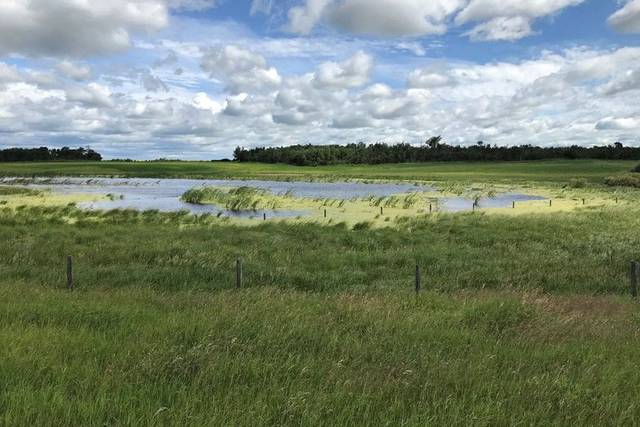The soft rustle of cattails in the breeze is becoming a more common sound in Alberta’s wetlands, as species once on the brink of disappearance return in measurable numbers. Local conservationists say these signs of recovery are the result of targeted replanting programs and more stringent water management rules implemented over the past five years. Areas that had been overtaken by invasive plants like reed canary grass are now showing a steady comeback of native flora.
This year’s monitoring reports from the Alberta Wetland Conservation Partnership reveal a 23% increase in native species coverage compared to data from 2020. Among the returning plants are the fragrant swamp milkweed, arrowhead, and blue flag iris — all crucial to the survival of pollinators and aquatic wildlife. “We’re seeing the wetlands breathe again,” said Jennifer Morin, an ecologist with Ducks Unlimited Canada. “The biodiversity rebound is better than we expected.”
The revival did not happen overnight. A combination of community volunteer work, provincial funding, and stricter development regulations made it possible. Volunteers have planted tens of thousands of seedlings, while new bylaws require developers to offset wetland loss by restoring or creating habitats elsewhere. “Without these collaborative measures, we’d still be losing ground,” Morin added.
Climate change remains a looming challenge. Erratic weather patterns, prolonged droughts, and sudden heavy rains can disrupt the delicate balance of wetland ecosystems. Researchers from the University of Alberta have warned that without continued intervention, invasive species could return. Still, they say the recent success shows that targeted restoration projects can work even in challenging environmental conditions.
For local communities, the wetlands are more than just a scenic backdrop. In addition to providing habitat for wildlife, they help filter water, reduce flooding, and store carbon. “When wetlands thrive, so do we,” said Paul Henderson, a local farmer whose land borders one of the restored sites near St. Albert. “I’ve noticed fewer floods on my property and more birds in the spring.”
The province plans to expand its wetland restoration funding next year, with a focus on training Indigenous youth in conservation skills. Elders from nearby Cree and Métis communities have been advising on plant selection and traditional land stewardship techniques, blending science and heritage in the fight to protect these ecosystems. As one elder put it during a recent planting ceremony, “When we care for the land, the land remembers.”
With visible improvements and growing public interest, conservationists hope the momentum will continue. Educational programs are already scheduled for the summer to teach school groups about wetland ecology. If the current trajectory holds, Alberta’s wetlands could serve as a model for other regions facing similar environmental challenges.
